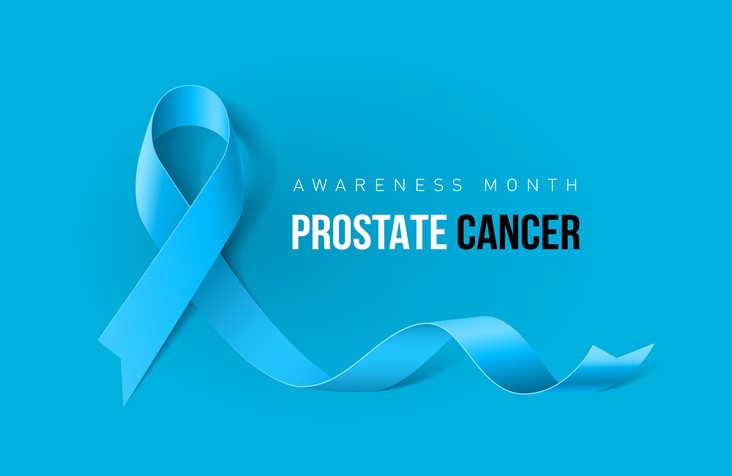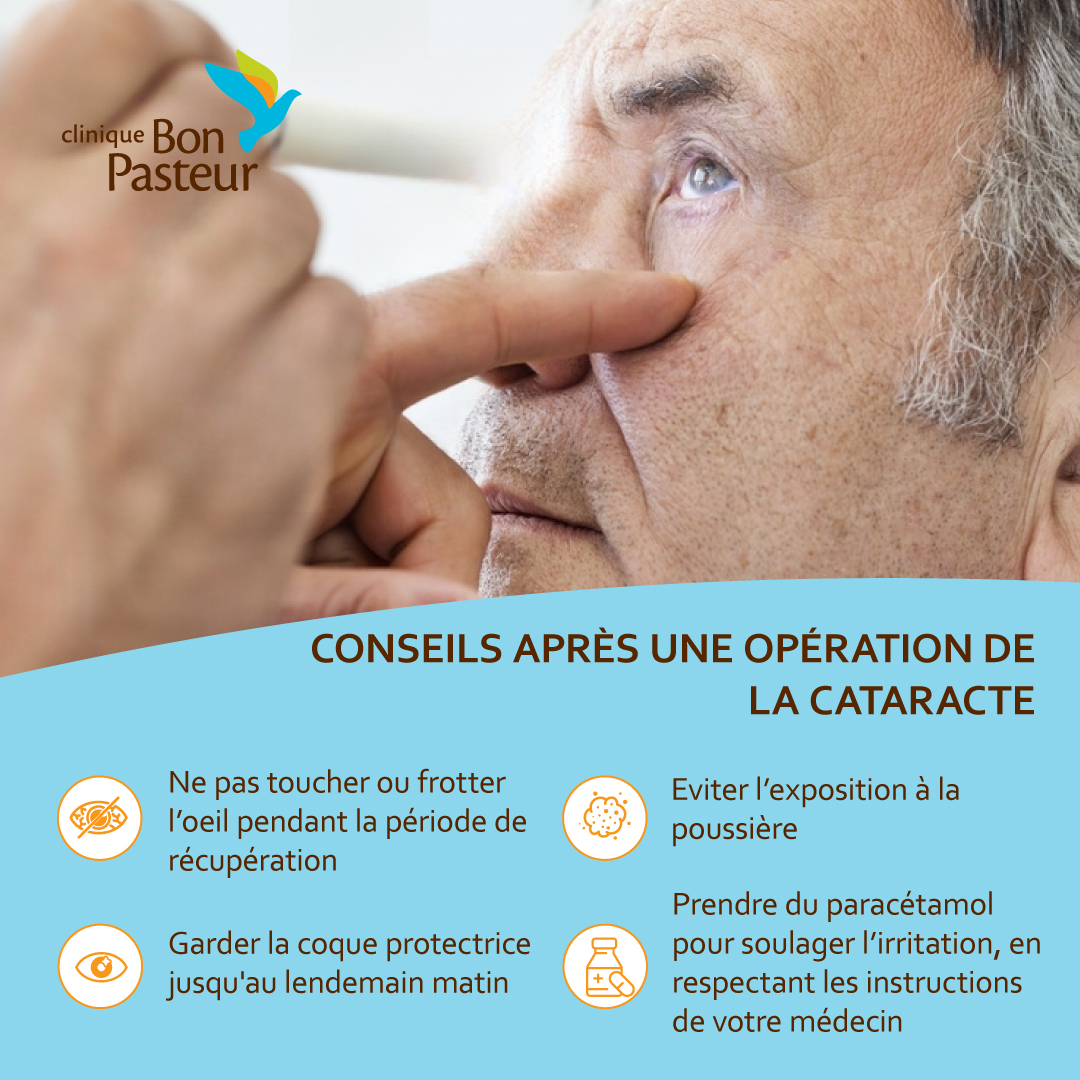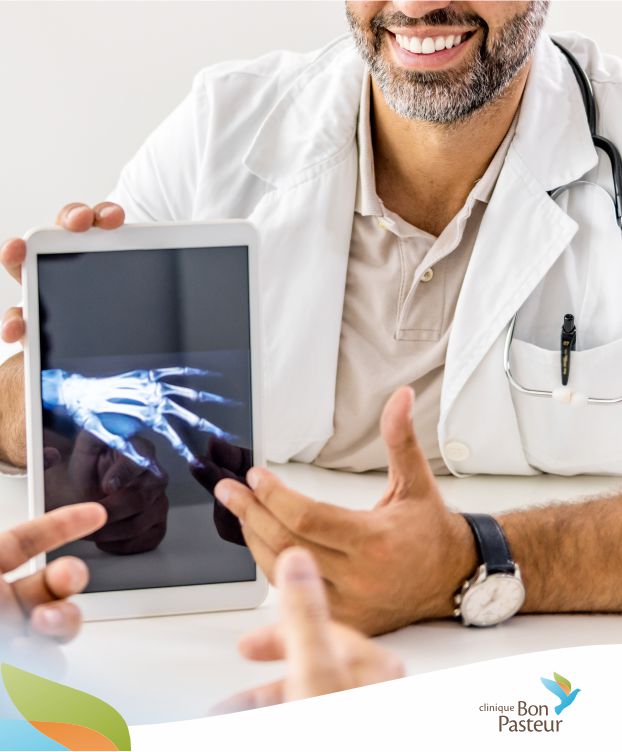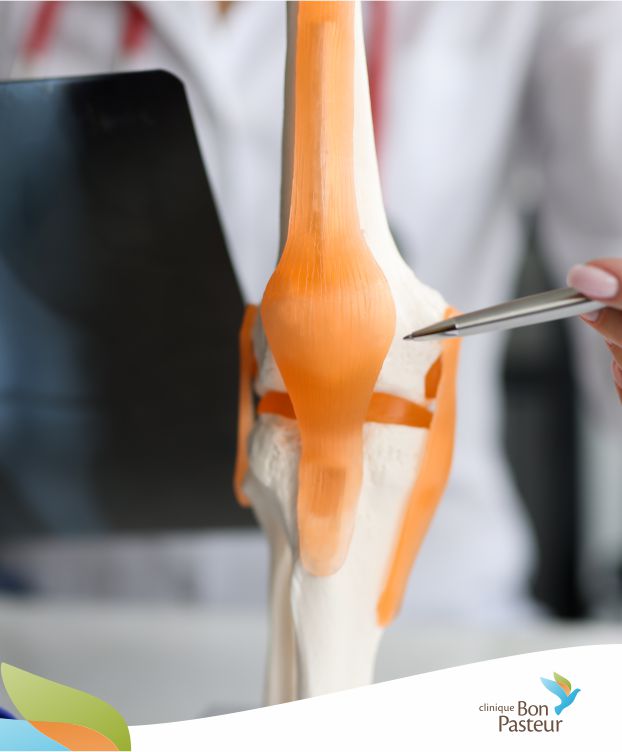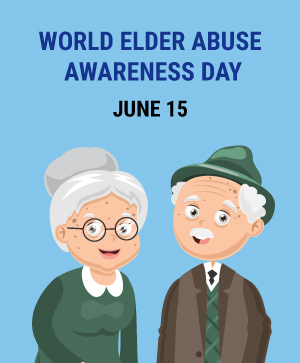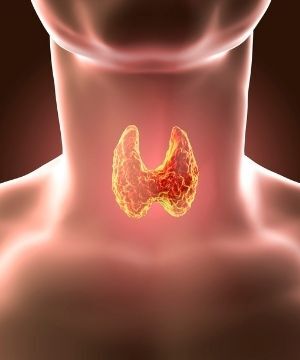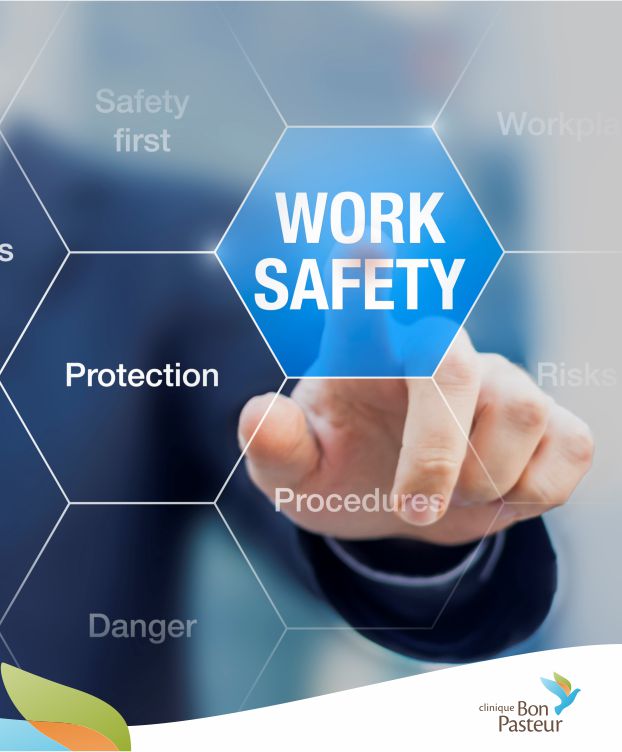Accurate and effective diagnostic tools for pulmonary imaging at the Clinic
May 5, 2022
Radiology and pulmonology : what pulmonary imaging can reveal about your lungs
Everyday your lungs are doing an extraordinary job: bringing oxygen into the blood and driving out the carbon dioxide produced by the cells. They may be nevertheless affected by ailments, particularly when smoking is involved. Let us take a peek at the radiology department with Vishal Dhomun, radiographer, and Dr. Deerpalsing, pulmonologist at the Clinique Bon Pasteur.
‘The first thing to do when we receive a patient with lung problems is to establish an accurate history of symptoms and risk factors, such as smoking, which may predispose to chronic obstructive pulmonary disease or lung cancer,’ begins Dr. Deerpalsing. Further tests can be recommended on many grounds: for example, if the patient has smoked for more than 20 years and suffers from chronic cough, shortness of breath, a lot of sputum in absence of infection, or chest pain. Several investigative procedures, such as blood tests, spirometry and radiological tests, are used to issue an accurate diagnosis and treatment plan.
After the approval of a pulmonologist is obtained, the patient is directed to the radiology department for an X-ray or a CT scan in order to detect problems such as emphysema, bronchiectasis, pulmonary fibrosis or even lung cancers. ‘Simple radiography provides us with basic information and can already help us detect a pathology,’ says Dr. Deerpalsing. ‘However, to obtain more advanced information, such as for the detection of lumps, we opt for a CT-Scan, which provides us with millimeter-scale cross-sectional images of excellent precision,’ continues Vishal.
For an X-ray, which does not usually take more than a minute, there is no special preparation. For the CT-Scan, the patient may be requested to fast for a few hours if the investigation requires an injection of iodinated contrast medium to make lumps even more visible. ‘It all depends on what we’re looking for and the patient’s condition,’ says Vishal. While X-ray procedures on a targeted part of the body presents negligible risks, computed tomography is a more invasive technique, which should be used sparingly.
‘As much as possible, we avoid performing CT-Scans on young people and women, for example, to minimise their exposure to radiation,’ says the doctor. Actually, women undergoing repeated scans would see their risk of developing cancer, especially breast cancer, increase over the course of investigation. The injection of iodinated contrast medium presents a minimal risk of allergy. To prevent this, people with severe allergy to iodine, seafood or certain medications, will have to abstain from such an injection, while mild allergy sufferers will be administered a corticosteroid drug to avoid any adverse effects. ‘The main thing is to make sure you’re doing the right scan on the right person at the right time,’ concludes the doctor.
For more information on the tests performed at the Clinic, do not hesitate to contact our radiology department on 454 21 71.
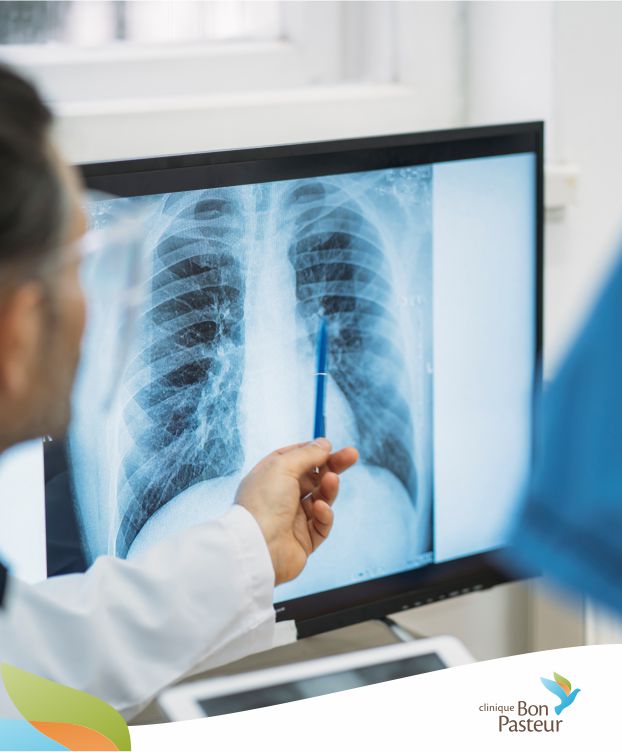
Related Article
